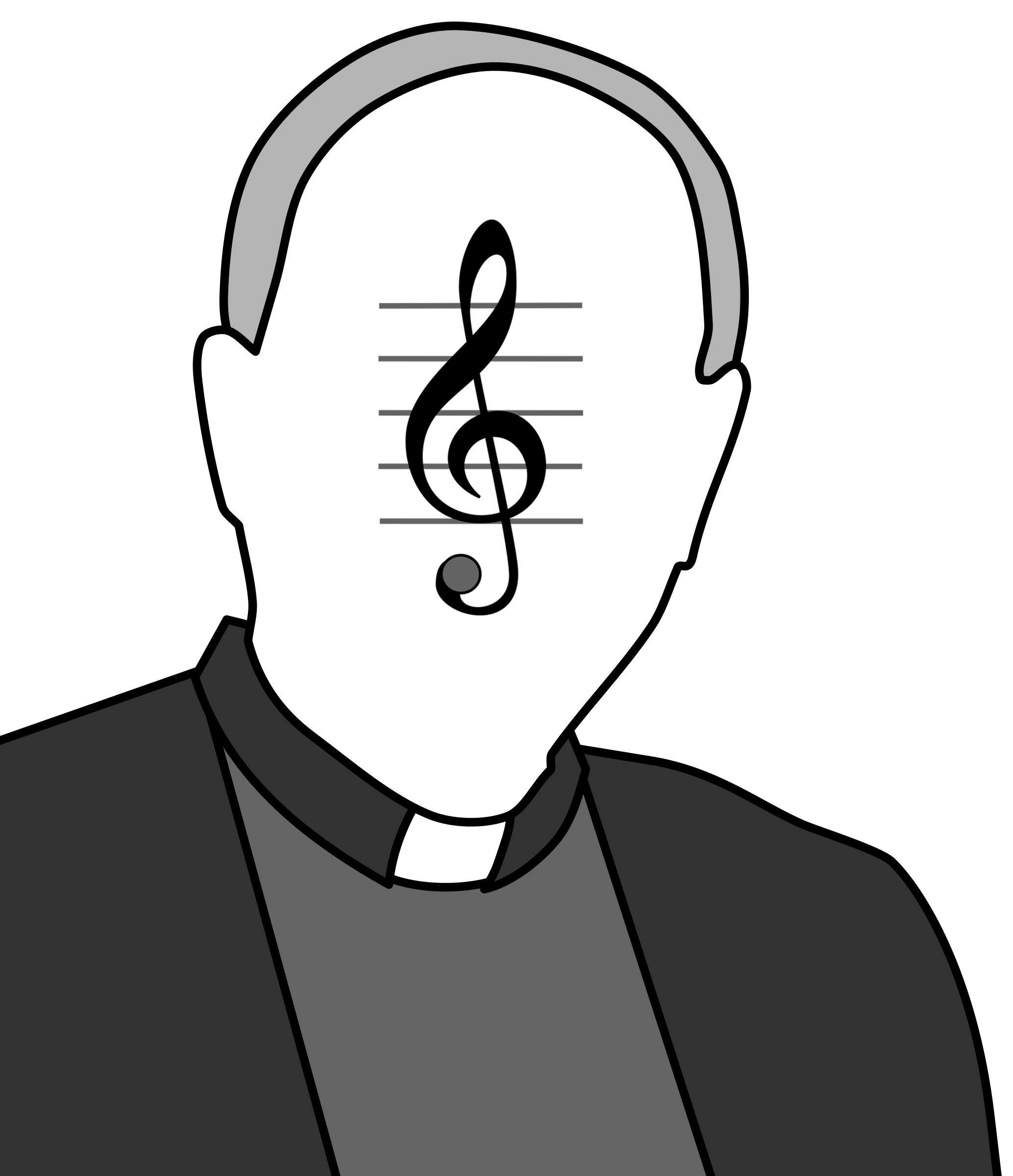Though religious in nature, this sacred genre isn’t as impenetrable as its name suggests
Hiding under the umbrella of classical music, “holy minimalism” is a genre steeped in European sacred tradition, which sounds centuries old but has been composed and re-popularized only within the last 50 years or so. The label “holy” does not relegate the work to purposes of liturgy. Rather, it suggests themes of spirituality and religious contemplation, considering some of the music’s settings in biblical texts.

The term minimalism is usually associated with the style of avant-garde American composers like Steve Reich and Philip Glass, whose work is recognized for electronic and instrumental experimentation, counterpoint drone-like undertones and repetitions of phrases and themes.
While holy minimalism draws from these techniques, it also pulls from traditional genres including plainchant, Gregorian chant as well as 19th century classical composers. With vocal and instrumental influences, there are both choral compositions and instrumental works attributed to the genre. In terms of texture, vocal patterns are more monophonic and homorhythmic rather than polyphonic. A traditionally slow use of repeated phrases, rhythms, or pulses also identifies with holy minimalism.
The renowned masters responsible for this contemporary revival of sacred Mediaeval, Renaissance and Eastern Orthodox music are Arvo Pärt born in Estonia, Henryk Górecki born in Poland, and the late John Tavener born in England. Though grouped categorically in the holy minimalist genre, their oeuvres are diversified by unique styles of arrangement, particular technique and use of instruments.
For instance, the word “tintinnabulation”—used famously by Edgar Allan Poe to describe the resounding sounds of “The Bells” in his aptly titled poem—has been appropriated by Pärt. He uses the term to describe the technique where he composes particular chords to evoke the ringing of bells. Interestingly, Tavener’s compositions have implemented the gentle tapping of ancient Tibetan bowls for a particularly monastic tone.
Tavener is perhaps most famous for “Song for Athene,” which guided the funeral procession of Princess Diana at Westminster Abbey. His other notable works include “The Lamb,” a setting of the text from the poet William Blake, and “The Protecting Veil.” These pieces are more accessible for the classical music sceptic who balks at the possibility of listening to a 40-minute canticle.
The ubiquitous Pärt is credited in 70 film soundtracks on IMDb. His two notable compositions “Fratres” and “Spiegel im Spiegel” written for cello, violin and piano, have inspired filmmakers like Paul Thomas Anderson in his 2007 film There Will Be Blood. Last but not least, Górecki’s “Symphony #3, Op. 36, “Symphony Of Sorrowful Songs” is an hour long, three movement stunning symphonic lament with a solo soprano.
The effects of holy minimalism obviously differ for each individual, but generally, there is evocation of a deeply emotional response, perhaps because of a heightened awareness of spirituality drawn from the choral texts or the beauteous harmonies.
For some, the music is incredibly meditative, especially because of the repetition; this is exemplified in Tavener’s “Funeral Canticle,” in which the middle chant text is repeated twice and the opening and closing are bookended monophonic prayers. In a way, listening to holy minimalism is a means of connecting to the origins of musical history, without leaving the 21st century.



